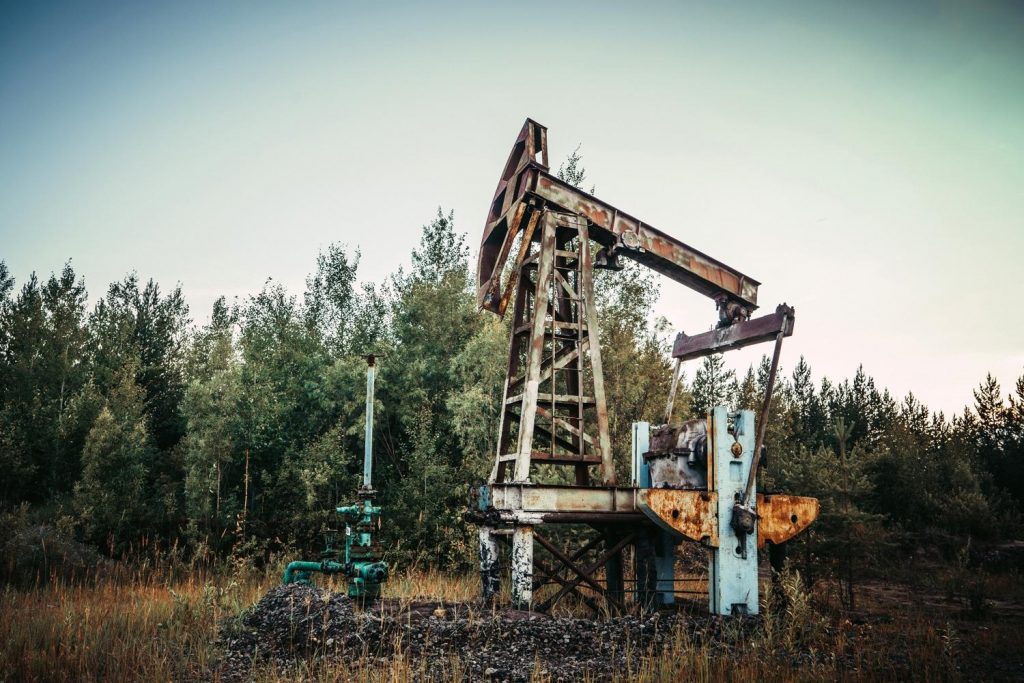The energy, my friend, is blowing in the wind.
This Sunday June 15th is Global Wind Day, a worldwide event to celebrate wind power’s ability to change our world for the better. And there is a lot to celebrate.
We’ve been harnessing the wind’s energy for centuries, but in recent years wind power has come of age. In many jurisdictions wind power now competes with coal and natural gas on prices. And in the words of the International Energy Agency, wind power and other renewable energy sources have become “an indispensible part of the global energy mix.”
Globally, wind power installations have increased by 25 per cent year over year since 2006. By the end of 2013, nearly 320,000 megawatts of wind power had been installed across the globe, up from 74 MWs in 2006. And if this growth isn’t impressive enough, the amount of wind power installed globally is expected to double again by 2020.
Canada, I’m happy to say, is contributing to this global trend. In fact, 2013 was a record year for Canadian wind energy development with some 23 new wind farms coming online, adding an additional 1,600 MWs to Canada’s total of nearly 8,000 MWs, which is enough electricity to power 2 million homes!
Ontario is leading the way, thanks to Ontario’s Green Energy Act. The province now has 1,725 MWs of installed wind power capacity and is on track to have somewhere near 7,000 MWs by 2020.
Ontario isn’t alone. Quebec is also building wind farms, and is targeting a total of 4,000 MWs by 2020. PEI, Nova Scotia, and other provinces are harnessing the wind’s power as well.
But it’s Alberta, still largely reliant on coal, where wind power has the most untapped potential, and where it can have a transformative impact and help slash the province’s greenhouse gas pollution. Alberta was an early adopter of wind power in Canada, and the province recently set a new record by generating enough renewable wind energy to power almost every home in the province. But there’s still a long way to go in order for Alberta to green their grid.
The greatest thing about wind power is that it is carbon free and can displace polluting fossil fuels, as it has in Ontario where the last coal plant was shuttered last year.
But the growth of wind farms brings many other benefits as well. For example, wind power has created jobs and is fueling Ontario’s growing clean energy economy. It can be an added revenue source for farmers, and many projects also give back to the communities in which they’re hosted. Some wind projects are also done in partnership with First Nations, and some are built as community cooperatives, where individuals can buy a share in a project, and earn a return on their investment while taking part in the clean energy revolution.
Yes, wind power has come of age. It has brought many benefits. It’s here to stay. And it’s worth celebrating. Take a moment on Global Wind Day, this Sunday, to reflect on how wind power is helping Canada, and the world towards a clean economy.







